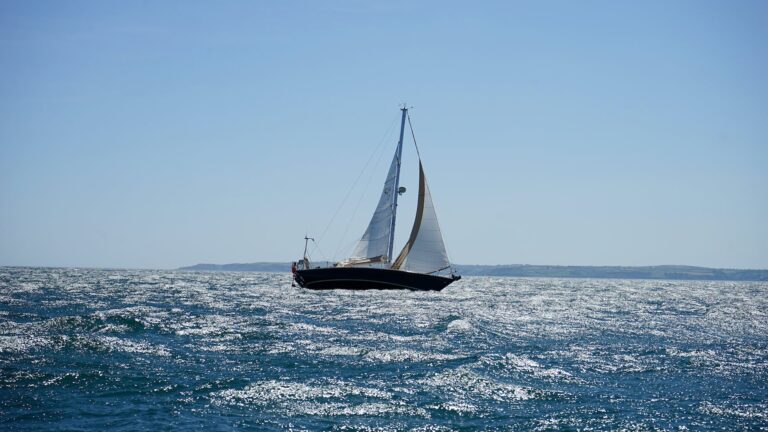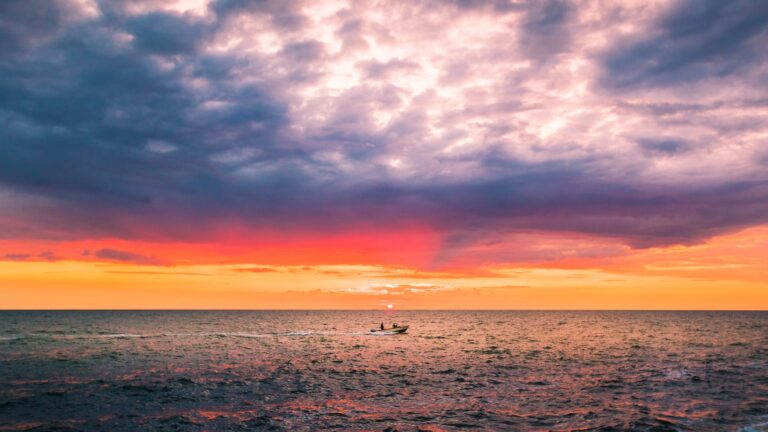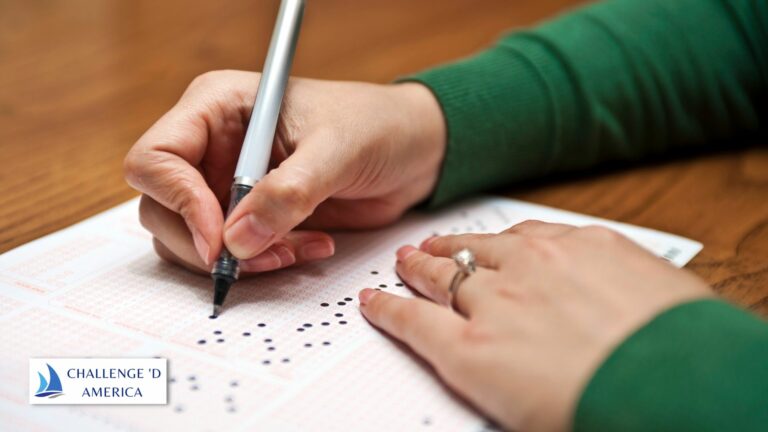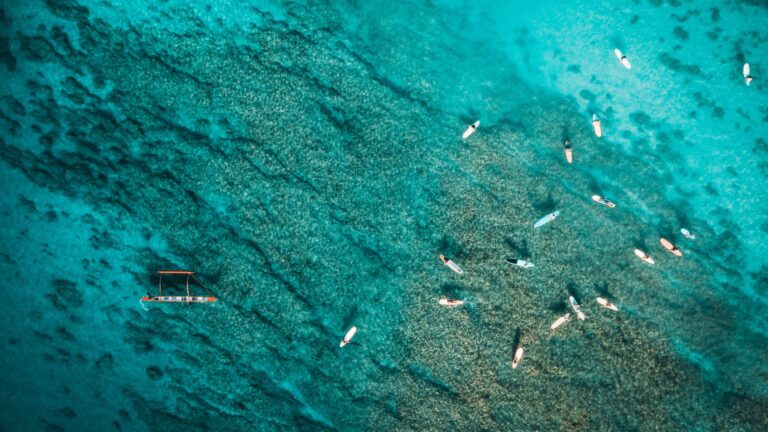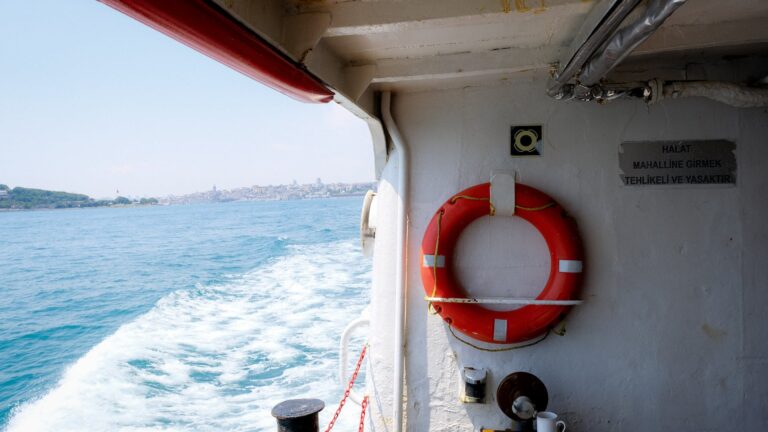What does green mean on a nautical chart?
- Introduction
- Definition of Green on Nautical Charts
- Areas Covered by Green on Nautical Charts
- Reasons for Staying Away from Green Areas
- Types of Features Found in Green Areas
- Impact of Tides on Green Areas
- Safety Tips for Navigating in and Around Green Areas
- Impact of Weather Conditions on Green Areas
- How to Identify Features in Green Areas
- Conclusion
- References
What Does ‘Green’ Mean on a Nautical Chart?
If you’ve ever looked at a nautical chart, you’ve likely seen areas marked in green, usually near sandbars, shallow islands, or oyster beds. The question is: what does green mean on a nautical chart? In this article we’ll explore the meaning of green and discuss the reasons why it’s important to be aware of these areas when sailing or boating near them.
Definition of Green on Nautical Charts
Green on a nautical chart indicates areas where the water will be covering them at high tide but exposed during low tide – these are typically sandbars, shallow islands, or oyster beds. It’s important to be aware of these areas when navigating near them as they can pose hazards to boaters and sailors alike if not properly respected and avoided.
Areas Covered by Green on Nautical Charts
Green typically indicates areas within shallow water that are exposed at low tide and covered at high tide – this could include sandbars, shallow islands, reefs, or oyster beds that are submerged most of the time but become accessible during low tide when the water level decreases significantly enough for them to become visible above the surface once again. It’s important to note that these areas can be very dangerous for boats and sailors alike if they don’t take precautionary measures when navigating around them as they can quickly become submerged under the surface again with just a slight increase in the water level.
Reasons for Staying Away from Green Areas
The main reason for avoiding green-marked areas is due to their unpredictable nature – they can quickly become submerged if there is an increase in water levels which can make navigating through them extremely hazardous and potentially even deadly if a boat isn’t equipped with proper navigational equipment such as depth sounders or radar systems that can help detect changes in depth before they become too dangerous to navigate through safely. Additionally, many green-marked areas contain underwater obstacles such as reefs or oyster beds which can damage boats if not given enough respect and avoided altogether when possible – this is especially true in areas with strong currents which can make navigating through these obstacles even more challenging and dangerous than usual due to their unpredictable nature and ever-changing shape/depth profile depending on the current/tide conditions at any given time.
Types of Features Found in Green Areas
Green-marked areas typically contain shallow sandbars, shallow islands, reefs, or oyster beds which can pose significant hazards to boats and sailors alike when navigating around them – it’s important to be aware of these features when sailing/boating near them as they can quickly become submerged with just a slight increase in water levels which could lead to potential damage or even death if not given enough respect and avoided altogether when possible (especially in strong current conditions). Additionally, it’s important to note that many of these features are constantly changing shape/depth profile depending on tidal cycles so it’s essential to keep an eye out for any sudden changes while navigating near green-marked areas as they could indicate an underwater obstacle that could potentially cause damage if not given enough respect/avoidance when possible.
## Impact of Tides on Green Areas
Tides have a major impact on green-marked areas as they are constantly changing shape/depth profile depending on the current tidal cycle – this means that what was once accessible during low tide may now be submerged during high tide so it’s essential to keep an eye out for any sudden changes while navigating around these areas as they could indicate an underwater obstacle that could potentially cause damage if not given enough respect/avoidance when possible (especially in strong current conditions). Additionally, it’s important to note that some green-marked areas may only become accessible during certain times of day due to tidal cycles so it’s essential to pay attention to local tide schedules before attempting navigation around these types of features so you don’t get caught off guard by sudden changes in depth/obstacles that weren’t visible previously due to their changing shape/depth profile depending on tidal cycles at any given time.
## Safety Tips for Navigating in and Around Green Areas
When navigating around green-marked areas it’s essential to be aware of any sudden changes in depth/obstacles that weren’t visible previously due to their changing shape/depth profile depending on tidal cycles at any given time so you don’t get caught off guard by unexpected obstacles or changes in depth when attempting navigation around them (especially during strong current conditions). Additionally, it’s important to pay attention local tide schedules before attempting navigation around green-marked features so you don’t get caught off guard by sudden changes due unexpected increases/decreases in water levels caused by tidal cycles over time – this will help ensure your safety while also protecting your boat from potential damages caused by underwater obstacles that aren’t visible until after specific times of day due tidal cycles impacting their visibility every day (this includes both high tide & low tide). Lastly, it’s essential always be prepared with proper navigational equipment such as depth sounders or radar systems before attempting navigation around green-marked features so you’re able detect any potential hazards before they become too dangerous navigate through safely – this will help ensure both your safety & your boat’s safety while also helping you avoid potential damages caused by underwater obstacles that otherwise wouldn’t have been visible until after specific times day due tidal cycles impacting their visibility every day (this includes both high & low tides).
## Impact of Weather Conditions on Green Areas
Weather conditions also have a significant impact on green-marked features as unexpected increases/decreases in wind speed & direction can drastically alter the shape/depth profile of many underwater obstacles depending on their location & proximity relative other nearby obstacles – this is especially true during stormy weather conditions where strong winds & currents could quickly change depths & shapes making navigation extremely hazardous & potentially even deadly if not conducted with extreme caution & preparedness beforehand using proper navigational equipment such as depth sounders or radar systems which will help ensure both your safety & your boat’s safety while also helping you avoid potential damages caused by underwater obstacles that otherwise wouldn’t have been visible until after specific times day due weather conditions impacting their visibility every day (this includes both high & low tides). Additionally, it’s essential always be aware local weather forecasts before attempting navigation around green-marked features so you don’t get caught off guard by unexpected increases/decreases wind speed & direction which could drastically alter depth profiles making navigation even more hazardous than usual (especially during stormy weather conditions) – this will help ensure both your safety & your boat’s safety while also helping you avoid potential damages caused by underwater obstacles that otherwise wouldn’t have been visible until after specific times day due weather conditions impacting visibility every day (this includes both high & low tides).
## How To Identify Features In Green Areas
While there are no definitive ways identify every feature found within a green area without proper navigational equipment such as depth sounders or radar systems , there are still ways accurately identify some common features commonly found within such waters such as sandbars , shallow islands , reefs , or oyster beds . By carefully examining nautical charts you should be able find basic information about the terrain within particular area , including depths , shapes , contours , etc . Additionally , paying particular attention weather forecasts can provide additional insight into what type terrain might expect within certain area based how water levels fluctuate over time . This combined with knowledge local tides should provide plenty information accurately identify most common features found within green marked waters .
## Conclusion
In conclusion , we’ve discussed what ‘green’ means nautical charts and why it is important be aware these types waters when sailing / boating nearby . We’ve discussed types features commonly found within such waters including sandbars , shallow islands , reefs , or oyster beds . We’ve also discussed impacts tides have upon such waters along with impact weather conditions have upon depths found within area . Lastly we’ve discussed some tips identifying common features found within such waters using nautical charts along with knowledge local tides . All things considered , being aware ‘green’ marked waters is essential safe boating / sailing .
## References
National Oceanic & Atmospheric Administration “NOAA Chart Symbols” https://www.charts.noaa.gov/BookletChartsmain2SymbolsCompletewebversion20181220v4singlepagelrljzfqrkcqrzrqrqzfqqzfrkcfrzrrfkrrqlzzrrkfqqkrfrzzfkrzbcrkzhlrklcqzfrckzlczccczkkcqlczfcrbcrrfrcrrlccckzkrfcqlclcccfkrfkrclcqlcckcfqqzzkkzlccrlcckzkkzlzlcrzrqrckfrcrlcqkkzzlfqrllclczllcz


